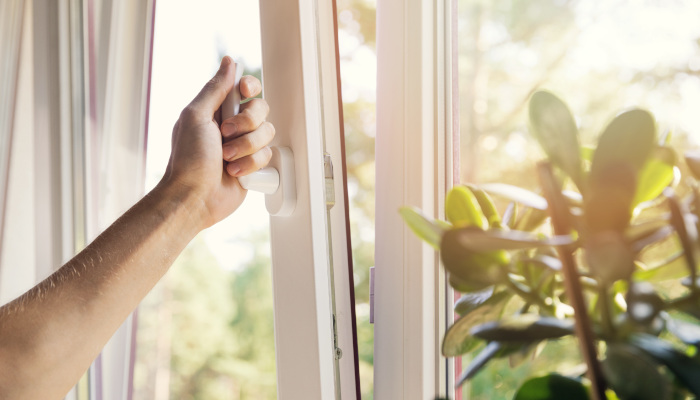


 10:8:11
10:8:11  2024-03-24
2024-03-24  1714
1714

Controlling sources of indoor air pollution is an important way to improve indoor air quality.
1- If you have a gas stove, ensure it is properly adjusted. Gas stoves can introduce air pollution into the home even when it is switched off.
2- Monitor moisture levels in your house. Too much moisture or high humidity can promote the growth of molds and mildew. Mold and mildew can be harmful to the respiratory system and may cause respiratory problems.
3- Avoid smoking. Smoking indoors will immediately introduce harmful chemicals into the air. These won't simply vanish with the smoke but will instead cling to many surfaces in the room. If you must smoke, do it outside.
4- Reduce dust in your home. Removing dust regularly can help reduce the pollutants it contains.
5- Make sure your house is properly ventilated. Stagnant air can be harmful to breathe as it may have accumulated allergens, microbes, high concentrations of carbon dioxide or other irritants. Create airflow in your house to let fresh air enter your space and allow stale air an exit.
6- Get some house plants. House plants are a great and easy way to improve the quality of air in your house. Plants absorb many chemicals in the air that humans cannot breathe, such as carbon dioxide, and release oxygen that we need. Note, though, that houseplants must not be overwatered to prevent mold growth. Some plants are more efficient at removing chemicals than others, review the list and pick your favorites:
Reality Of Islam |
|

Astronomers

Cosmologist

Scientists
 9:3:43
9:3:43
 2018-11-05
2018-11-05
10 benefits of Marriage in Islam
 7:5:22
7:5:22
 2019-04-08
2019-04-08
benefits of reciting surat yunus, hud &
 9:45:7
9:45:7
 2018-12-24
2018-12-24
advantages & disadvantages of divorce
 11:35:12
11:35:12
 2018-06-10
2018-06-10
 6:0:51
6:0:51
 2018-10-16
2018-10-16
 2:11:12
2:11:12
 2022-10-15
2022-10-15
 12:47:1
12:47:1
 2022-12-20
2022-12-20
 6:28:21
6:28:21
 2022-12-20
2022-12-20
 3:18:29
3:18:29
 2022-12-24
2022-12-24
 10:35:40
10:35:40
 2022-05-26
2022-05-26
 7:32:24
7:32:24
 2022-02-14
2022-02-14
 6:14:3
6:14:3
 2023-01-18
2023-01-18
 5:41:46
5:41:46
 2023-03-18
2023-03-18
| LATEST |